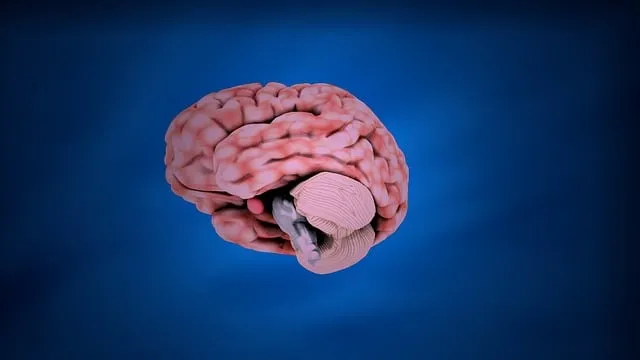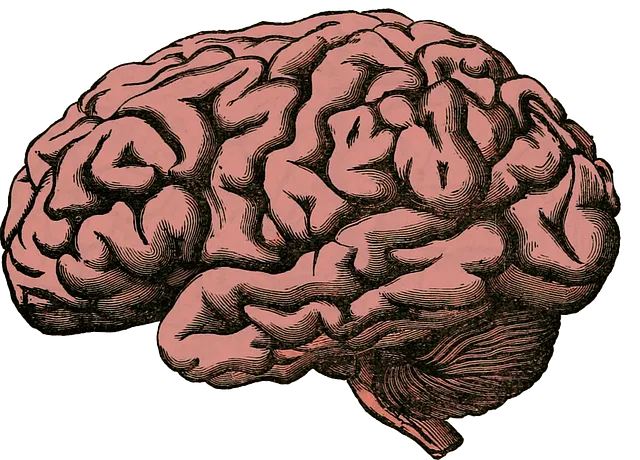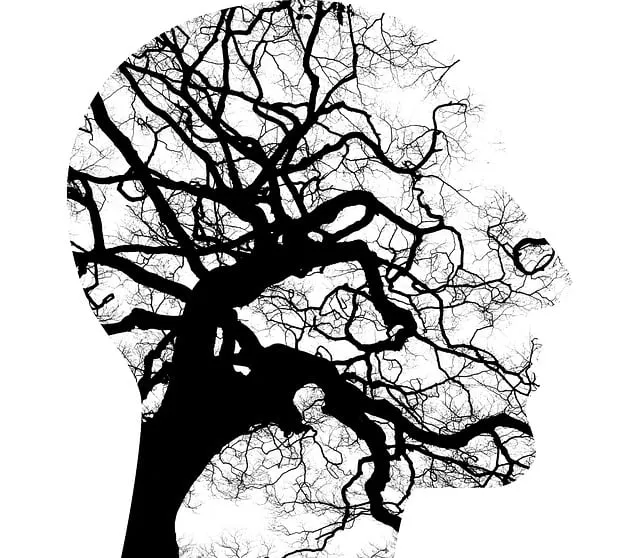Crafting successful public awareness campaigns for healthcare systems, especially within Kaiser Permanente's mental health appointment centers in Golden, involves understanding community needs and segmenting audiences. By tailoring interventions based on demographics, psychographics, and risk factors, mental health professionals can provide relevant support. Engaging content, such as infographics, personal recovery stories, and interactive online quizzes, enhances patient engagement and understanding of services. Digital formats, like social media campaigns and online resources, reduce stigma and reach diverse audiences. Overcoming barriers to access through initiatives like Mindfulness Meditation workshops fosters a more accepting community environment. Measuring campaign success using KPIs, including social media engagement and appointments, demonstrates the positive impact on mental health outcomes in Golden and beyond.
Public awareness campaigns play a vital role in addressing critical community needs, especially in the realm of mental health. This article explores strategies for developing impactful initiatives, drawing insights from established models like Kaiser Permanente and Golden Appointment Centers. We delve into understanding community dynamics, designing engaging content, leveraging traditional and digital media, overcoming barriers to access, and measuring campaign effectiveness through key performance indicators (KPIs). By examining these aspects, we aim to enhance mental health literacy and encourage utilization of available resources within communities, mirroring the successful approaches of Kaiser Permanente mental health appointment centers and Golden.
- Understanding Community Needs: Identifying Target Audiences for Mental Health Campaigns in the Kaiser Permanente Model
- Designing Engaging Content: Strategies and Techniques to Raise Awareness About Mental Health Services at Golden Appointment Centers
- Leveraging Traditional and Digital Media: Effective Channels for Broadening Reach and Impact
- Overcoming Barriers to Access: Addressing Stigma and Encouraging Utilization of Mental Health Resources in the Community
- Measuring Success and Evaluating Outcomes: Key Performance Indicators (KPIs) and Methods for Assessing Campaign Effectiveness
Understanding Community Needs: Identifying Target Audiences for Mental Health Campaigns in the Kaiser Permanente Model

Understanding Community Needs is a crucial step in developing effective public awareness campaigns, particularly within healthcare systems like Kaiser Permanente’s mental health appointment centers in Golden. By identifying specific target audiences, campaign creators can tailor messages and interventions to address unique challenges and promote Mental Wellness. This involves assessing not only demographics but also psychographic factors, such as cultural backgrounds, age groups, and individual risk factors for various mental health concerns.
The Kaiser Permanente model emphasizes the importance of tailoring campaigns to different segments of the population. For instance, a Stress Reduction Methods campaign might focus on young adults navigating college stress, while another could target working professionals at high-risk jobs. This tailored approach ensures that Mental Health Professionals can offer relevant support and resources, enhancing the overall effectiveness of the awareness initiatives in Golden and potentially beyond.
Designing Engaging Content: Strategies and Techniques to Raise Awareness About Mental Health Services at Golden Appointment Centers

Designing engaging content is a powerful strategy to raise awareness about mental health services at Kaiser Permanente mental health appointment centers, like Golden. Incorporating interactive elements, relatable narratives, and visually appealing materials can significantly enhance patient engagement and understanding of available resources. For instance, creating informative infographics that simplify complex mental health concepts or sharing personal stories of recovery can foster a sense of connection and encourage individuals to seek support.
Emotional well-being promotion techniques, such as hosting live webinars with mental wellness coaches or developing interactive online quizzes, offer opportunities for direct engagement. These approaches not only provide valuable information but also create a safe space for individuals to learn about coping mechanisms and available services at Kaiser Permanente mental health appointment centers, like Golden. Effective communication strategies, tailored to the target audience, are crucial in ensuring that messages resonate and motivate people to take action regarding their mental health.
Leveraging Traditional and Digital Media: Effective Channels for Broadening Reach and Impact

In today’s digital age, public awareness campaigns have evolved to embrace a diverse range of mediums. Traditional media outlets like television, radio, and print newspapers remain powerful tools for reaching broad audiences. However, leveraging digital channels such as social media platforms, online ads, and dedicated websites has become increasingly important. This shift is particularly notable in initiatives focused on sensitive topics like mental health, where engaging communities through user-friendly digital formats can encourage open dialogue and reduce stigma.
The integration of both traditional and digital media strategies offers a comprehensive approach to public awareness campaigns. For instance, Kaiser Permanente’s mental health appointment centers have successfully utilized this method by combining emotionally resonant television commercials with online resources and social media campaigns. This dual-pronged approach not only broadens the reach but also caters to diverse consumer behaviors, ensuring that messages about emotional regulation, healthcare provider cultural competency training, and emotional well-being promotion techniques resonate with a larger and more varied audience.
Overcoming Barriers to Access: Addressing Stigma and Encouraging Utilization of Mental Health Resources in the Community

Overcoming barriers to access is a crucial step in fostering mental well-being within communities. Stigma surrounding mental health issues often acts as a significant roadblock, discouraging individuals from seeking necessary support. Public awareness campaigns play a pivotal role in challenging these stereotypes and promoting understanding. By highlighting success stories and emphasizing the importance of early intervention, communities can create a more accepting environment. Encouraging open conversations about mental health is essential to demystifying conditions that often leave people feeling isolated.
The Kaiser Permanente mental health appointment centers serve as valuable resources, offering specialized care tailored to diverse needs. Incorporating initiatives like Mindfulness Meditation and Emotional Regulation workshops can further enhance community engagement. These practices empower individuals with tools for self-care and stress management, fostering resilience. Additionally, Risk Management Planning for Mental Health Professionals ensures that those offering support are equipped to handle various challenges, ultimately improving the overall effectiveness of mental health services in the Golden region and beyond.
Measuring Success and Evaluating Outcomes: Key Performance Indicators (KPIs) and Methods for Assessing Campaign Effectiveness

Measuring success and evaluating outcomes are crucial aspects of public awareness campaigns, particularly for organizations like Kaiser Permanente’s mental health appointment centers. Key Performance Indicators (KPIs) provide a structured framework to assess campaign effectiveness. These KPIs could include metrics such as the number of people reached, engagement rates on social media platforms, or the increase in appointments at mental health centers post-campaign. For instance, tracking the impact of Kaiser Permanente’s Mental Health Education Programs Design through KPIs can reveal significant improvements in community emotional well-being promotion techniques.
Assessing campaign outcomes involves a multi-faceted approach. Surveys and feedback from participants, healthcare provider cultural competency training, and changes in behavioral patterns are all valuable methods. These techniques allow organizations to understand the long-term effects of their initiatives. By incorporating such evaluation strategies, Kaiser Permanente can ensure that their mental health promotion efforts, including their extensive Healthcare Provider Cultural Competency Training programs, resonate with the target audience and lead to tangible improvements in mental health outcomes at the Golden level—both immediately and over time.
Public awareness campaigns play a pivotal role in addressing mental health issues within communities, as evidenced by successful models like Kaiser Permanente. By understanding community needs, designing engaging content tailored to specific audiences (such as those at Golden Appointment Centers), leveraging traditional and digital media effectively, overcoming barriers to access, and meticulously measuring success, these campaigns can significantly enhance mental healthcare utilization and reduce stigma. The strategies outlined in this article provide a comprehensive framework for developing impactful public awareness initiatives, ultimately fostering healthier and more supportive communities.






